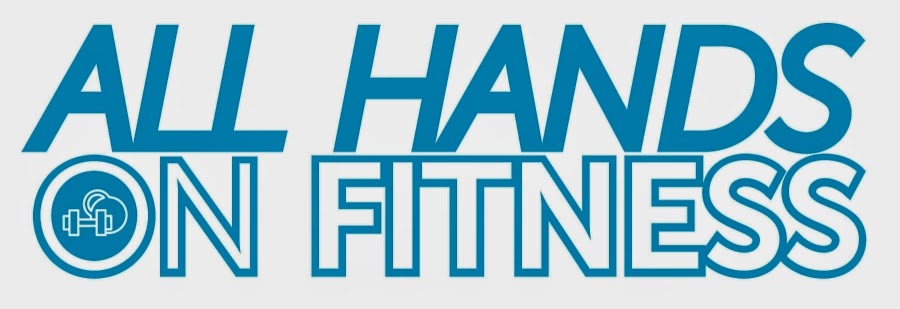At some point in nearly every athlete or active person's career, he or she will experience some injury, either major or minor. Whether you've torn a tendon or ligament, sprained a muscle, or you just have a nagging painful area that won't seem to go away, you understand how frustrating it can be when you're making a lot of progress and your body forces you to a screeching halt.
 |
| She does not look like she's having a good time. |
If you're currently suffering from some sort of issue, you're probably trying to figure out what the safest approach is that will allow you to continue to make progress towards your goals.
Injury (or pain) can be a slippery slope. Often times, people will approach me saying "my XYZ hurts. What should I do about it?" First, let me start by saying that I'm not an Orthopedist, a physical therapist or a chiropractor. I simply work in an environment in which people have a pretty high injury risk if they're not being careful, and I've had the opportunity to rack the brains of some very intelligent people who are much more qualified in this area than I am.
Here are some safe approaches to dealing with a painful or injured area without losing your precious gains that you've worked so hard to achieve:
- Get assessed! This is the number one, without a doubt, biggest priority. So many people put off going to a physical therapist or chiropractor for one reasons or another. Perhaps they're afraid of what a doctor will say, or they're just too stubborn. Alternatively, they'd prefer to deal with the pain on their own, and they exacerbate their symptoms. Often times, problem areas are a pretty quick fix, assuming you see the right therapist. Finding out what muscles are weak or under-active will be helpful in preventing other similar injuries down the line.
- Prioritize corrective exercise. I hear so many people complaining about pain, but yet no one wants to do anything to fix it. Instead, they will pop a couple Aspirin and hope it'll disappear on its own. Sorry to rain on your parade, but that won't work in the long term. Where there is pain, there is dysfunction. Injuries are very rarely caused by one isolated incident, but, rather, the culmination of months (or years) of bad movement patterns. Pain happens when your body says "Whoa, something needs to change. I can't keep working like this." Breathing drills are absolutely important to bring your body back to the parasympathetic nervous system. Correcting your posture will improve your mechanics. Strengthening weak muscles will lead to more optimal movement patterns. Do your shoulder stability work, core strengthening, and hip stability exercises. Without consistency, your symptoms will persist.
- Only lift with perfect technique. This goes hand-in-hand with number two. Don't put more weight on the bar than your body is ready to handle. Injuries happen when you compensate.
- Don't train painful movements. Figure out a way to work around the pain. If squats are painful when you pass parallel (full knee flexion), try doing box squats or lunges for a while. Are front squats bothering your wrists? Stick with back squats. When a movement causes you pain, you will, subconsciously and consciously, move differently. Your body is going to reflexively shift weight away from a painful area, so you might place more weight on one side of your body than the other, or recruit muscles you shouldn't be recruiting.
- Focus on other areas of your body. While your ankle is bothering you, you may use this time to work on your pull-ups and your bench press. Try adding some gymnastics movements into your routine. If your shoulder is injured, now's the time to improve your sprints and increase your back squat. Spend time strengthening the uninjured areas, so that you can still stay on top of your game.
With an injury, the worst thing you could possibly do would be to ignore it and just hope it gets better on its own. Be proactive and help yourself! Remember, we all experience injury at one point or another, and you can still make progress while you're injured. Always listen to your body and train safely.
- Cook, Gray. "The Three Rs." Gray Cook Physical Therapist Lecturer Author. N.p., n.d. Web. 31 July 2015.
- Myers, Thomas W. Anatomy Trains: Myofascial Meridians for Manual and Movement Therapists. Edinburgh: Churchill Livingstone, 2001. Print.
- Nickelston, Perry. "10 Things Breathing Patterns Tell Me About Your Body." Stop Chasing Pain. N.p., 8 Mar. 2012. Web. 31 July 2015.

No comments:
Post a Comment